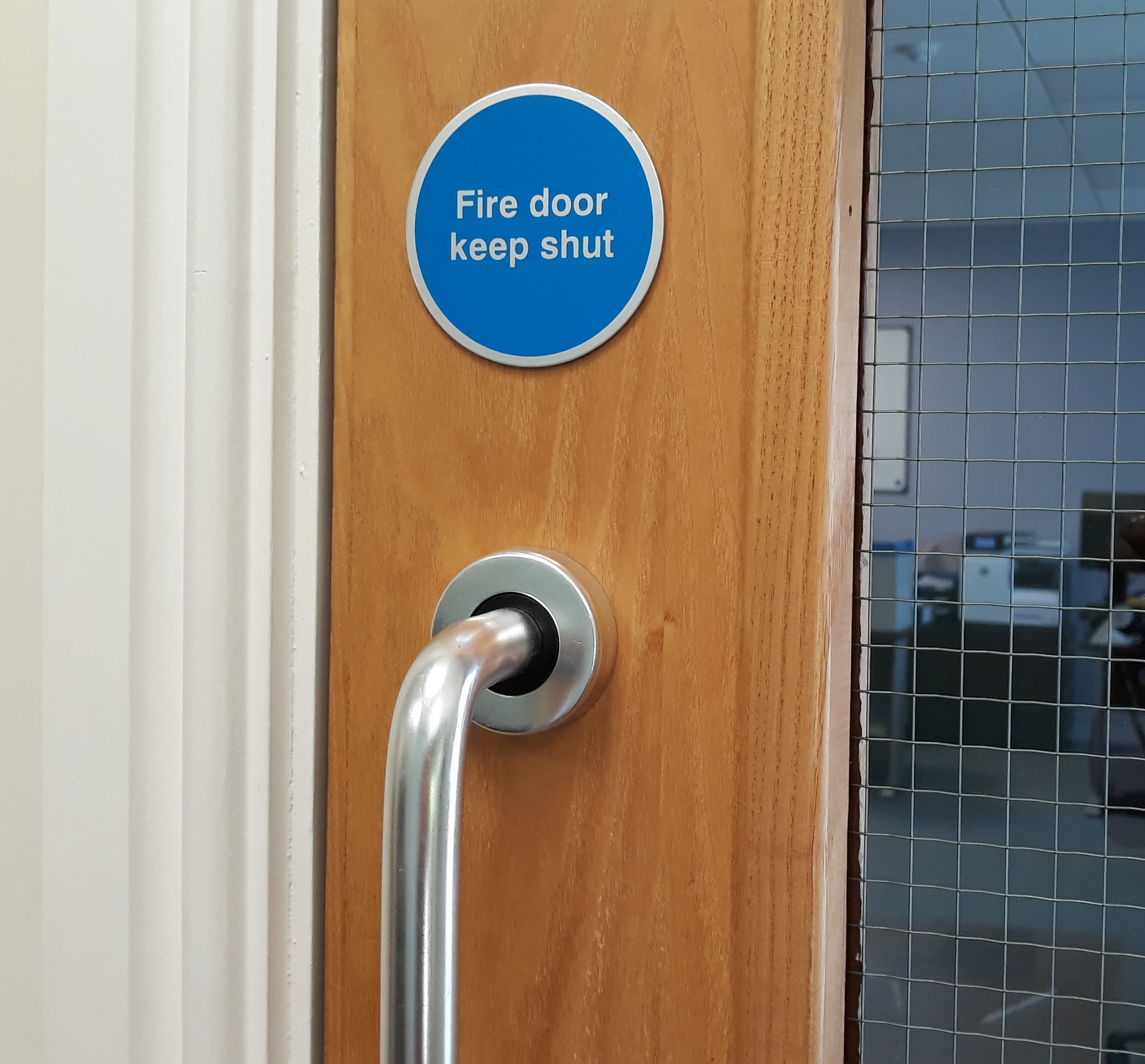Windows and doors provide ventilation to rooms within a dwelling and rules apply to how much ventilation.
Fire door size regulations.
Within any glazed door up to 1500mm from floor level.
Common options are 2040 x 526 626 726 826 926 x 40mm.
Nor shall they be used as part of a fire assembly nor equipped with panic.
See diagram 5 1 in approved document k for more information.
Fire ratings measure the amount of time that a door is able to contain the spread of fire as tested according to nfpa guidelines.
No leaf of an exit door shall exceed 4 feet in width.
The main difference between these and the standard uk sizes above are an increased door height of 2040mm and door thickness of 40mm.
These regulations are for the convenience of the user and no representation or warranty is made that the information is current or accurate.
Current building regulations contain guidance on the widths of escape routes and exits for new build non domestic properties and the communal areas in purpose built blocks of flats in the building regulations 2010 fire safety approved document b volume 2 buildings other than dwellinghouses 2006 edition incorporating amendments up.
Building regulations for fire safety in residential homes including new and existing dwellings flats residential accommodation schools colleges and offices.
The type and extent of ventilation will be dependent on the use and size of the room.
A 1 1 see annex k for general information about fire doors.
This standard regulates the installation and maintenance of assemblies and devices used to protect openings in walls floors and ceilings against the spread of fire and smoke within into or out of buildings.
1 1 1 with the exception of fabric fire safety curtain assemblies this standard addresses assemblies that have.
Fire door regulations may limit your choices to 3 sizes but in most styles we are able to offer a choice of several sizes and two thicknesses including the 30 minute fire doors or the 60 minute fire doors.
Metric sized internal doors are becoming increasingly popular and are now commonly used in scotland and europe.

